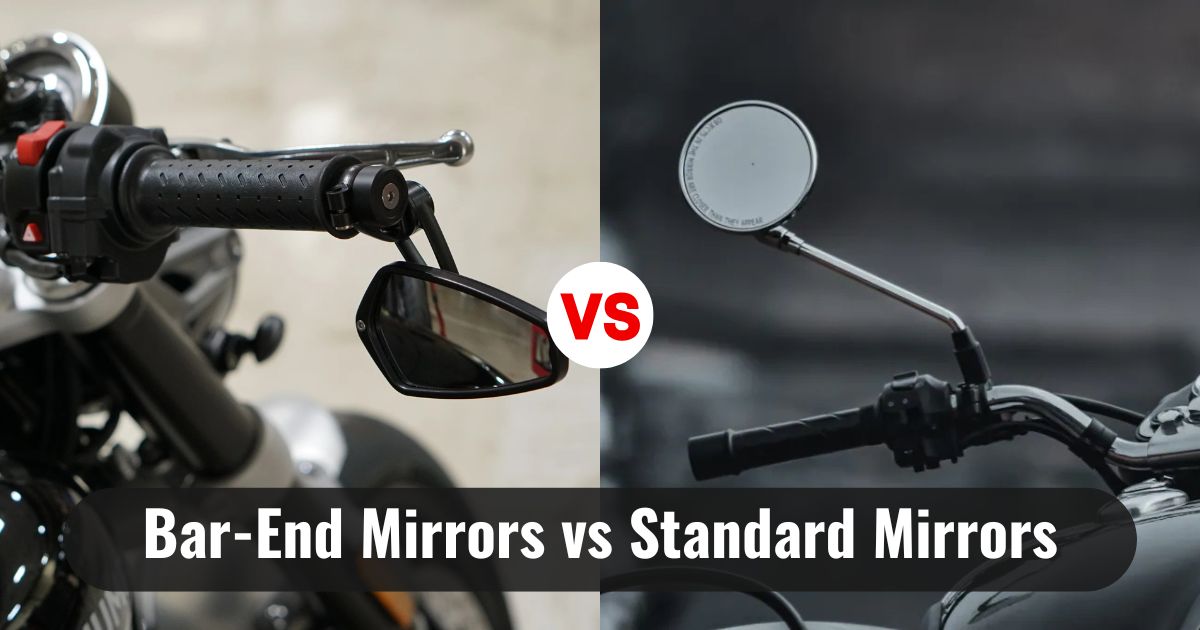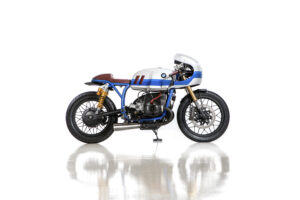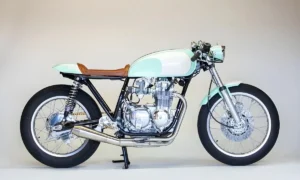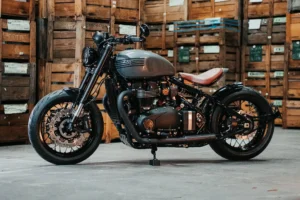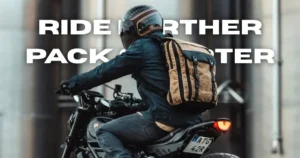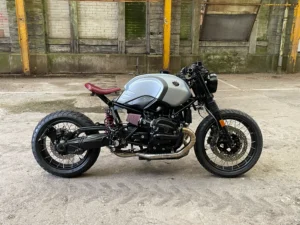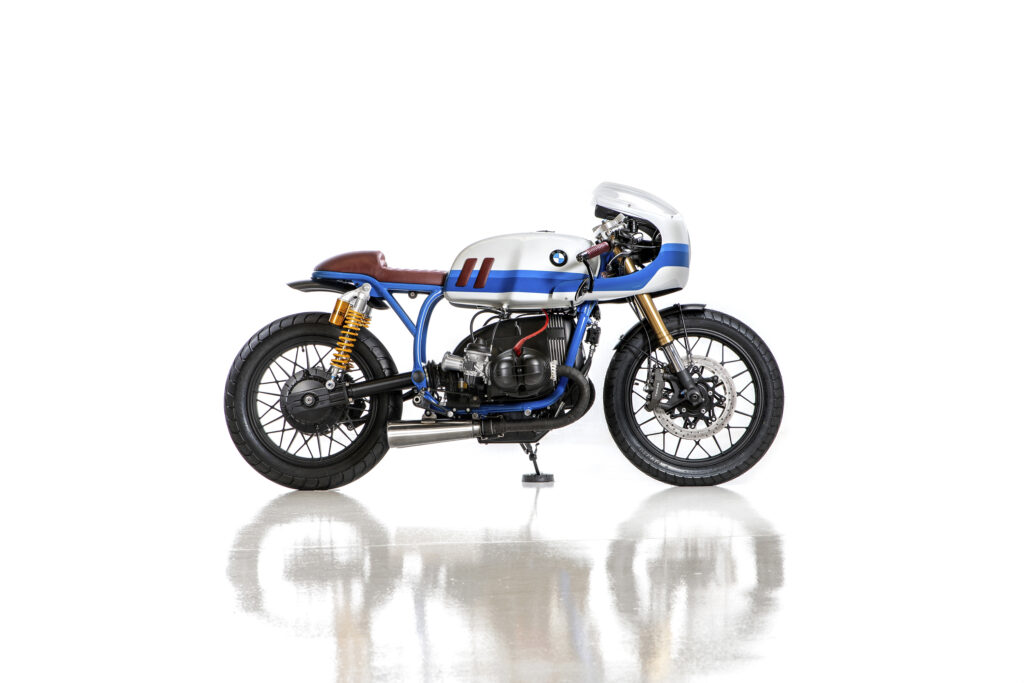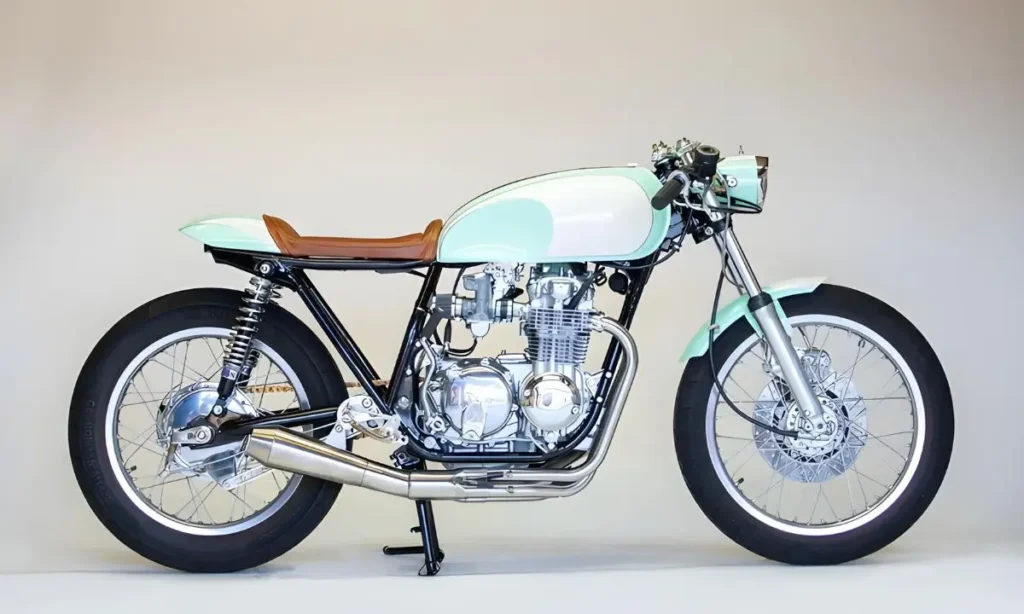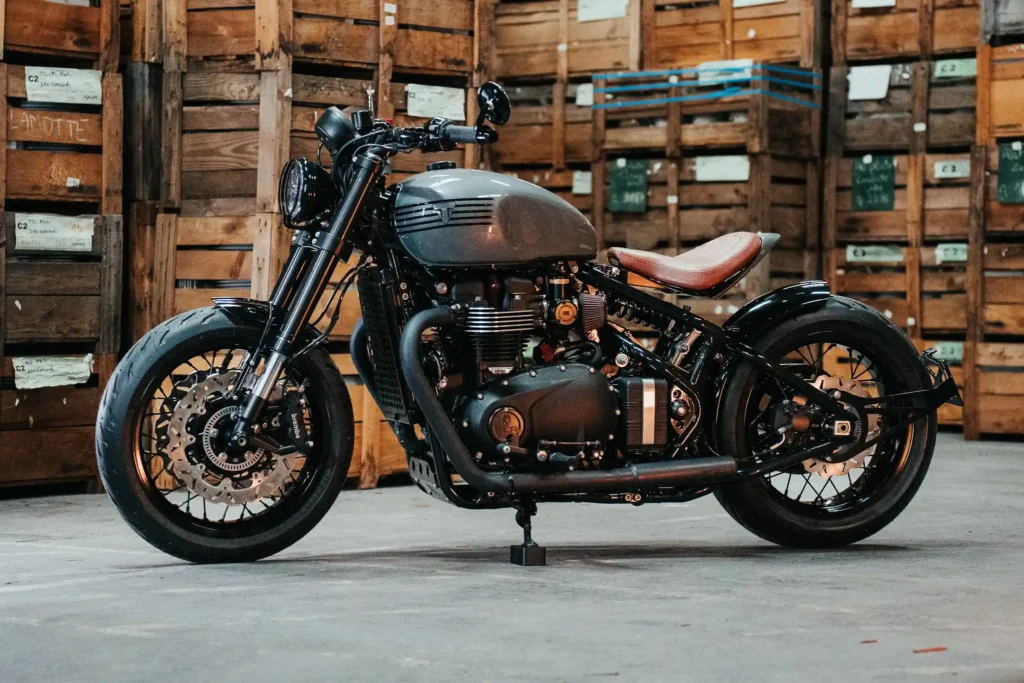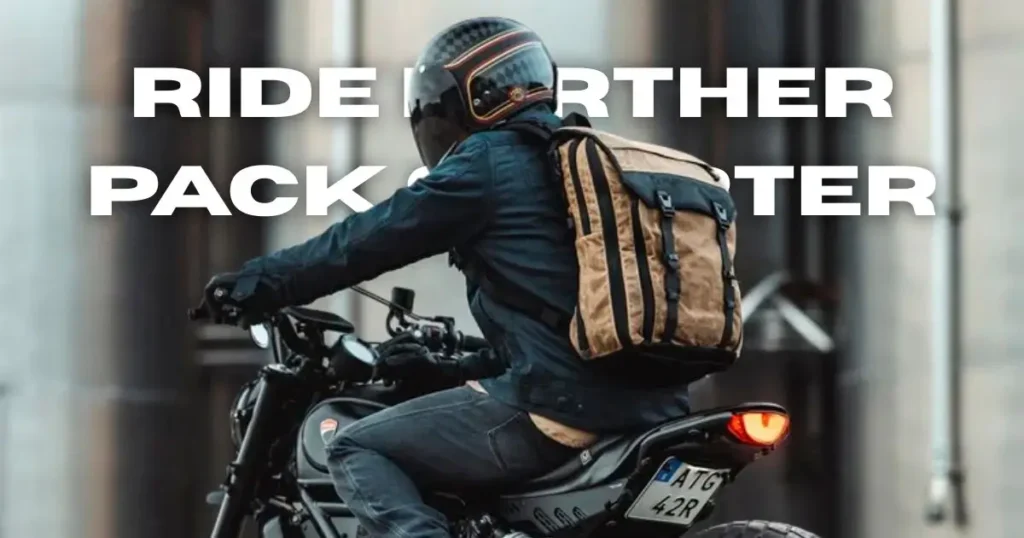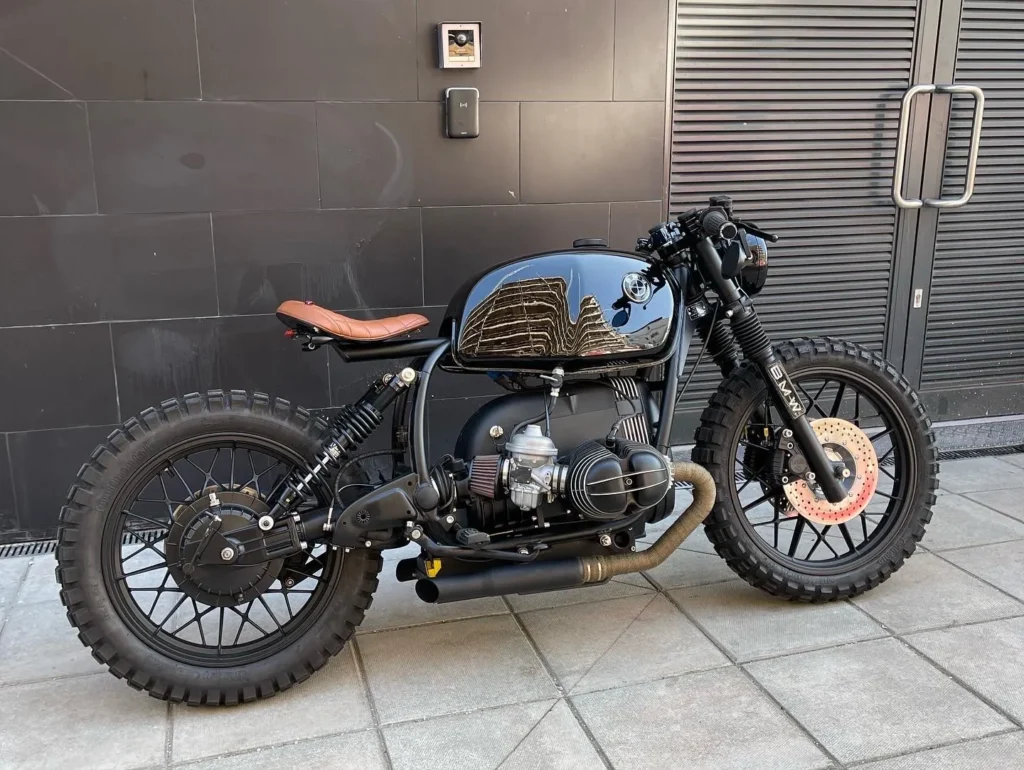Table of Contents
ToggleMirrors do more than reflect what’s behind you. They shape how your café racer looks, handles, and feels on the road. For many riders, choosing between bar-end mirrors and standard mirrors becomes one of the most visible decisions in a build. I’ve installed both types on different projects and learned how much this small change can affect style and function.
In this guide, I’ll explain what makes each mirror type unique. You’ll learn how they look, how they perform, and how they fit with a café racer’s design goals. Whether you’re building from scratch or refining an existing setup, this comparison will help you choose the option that matches both your ride and your priorities.
What Are Bar-End Mirrors?
Bar-end mirrors attach to the ends of your handlebars. They replace the stock mirror mounts and sit lower and wider than standard mirrors. Most designs use a clamp or expansion system to fit into hollow bar ends. This creates a clean, flat look that works well with the café racer style.
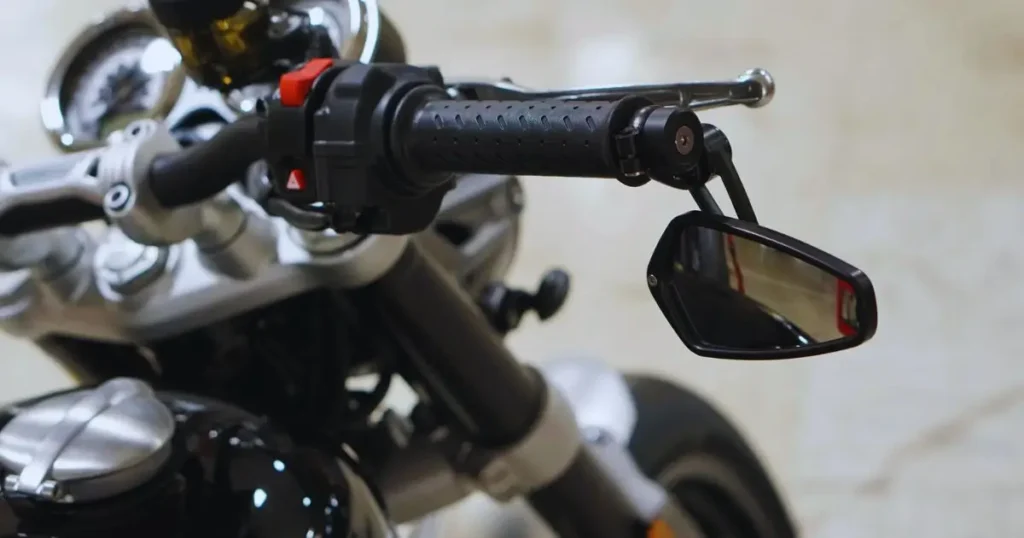
They are available in round, oval, and teardrop shapes. Common materials include aluminum and stainless steel, both chosen for durability and low weight. Some models fold in to reduce width when parking or storing the bike.
Bar-end mirrors are popular in custom builds because they keep the handlebar area minimal. They move the mirrors out of the rider’s direct line of sight, helping maintain an open view of the road ahead. Many café racer builders use them to match the bike’s narrow and stripped-back design.
What Are Standard Mirrors?
Standard mirrors mount near the handlebar grips or on the control clamps. Most motorcycles come with them from the factory. They sit upright and stay close to the rider’s line of sight, which makes them easy to check while riding.
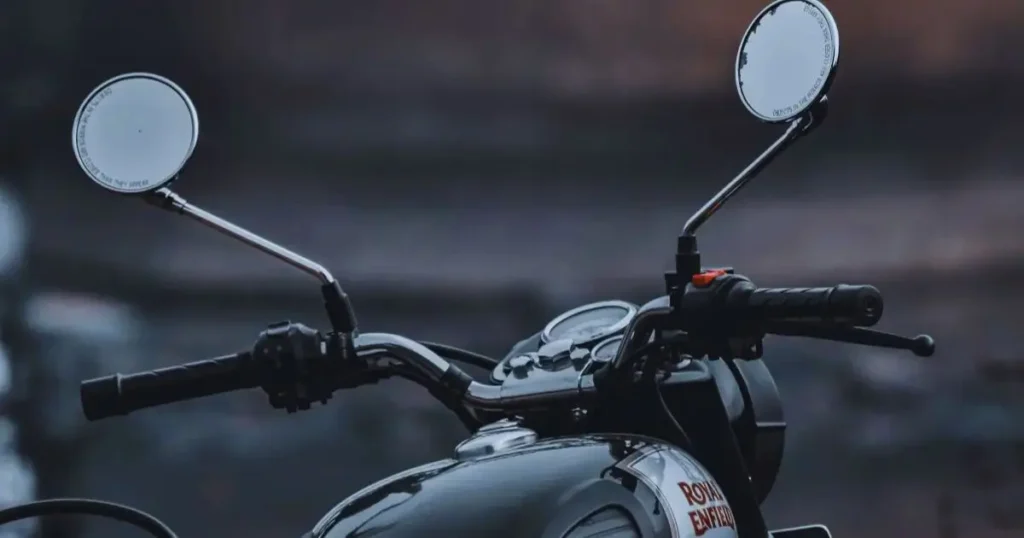
These mirrors come in shapes like round, rectangular, or square. Basic versions use plastic housings with metal stems. Premium models use full-metal construction for better strength and finish. Many standard mirrors are fixed, but some allow angle adjustments.
Standard mirrors work well for daily use. They give a clear view of traffic behind and often meet legal size and position rules. While they are not always used on custom café racers, some riders keep them for their practical benefits and quick visibility.
Style Comparison: Bar-End vs Standard Mirrors
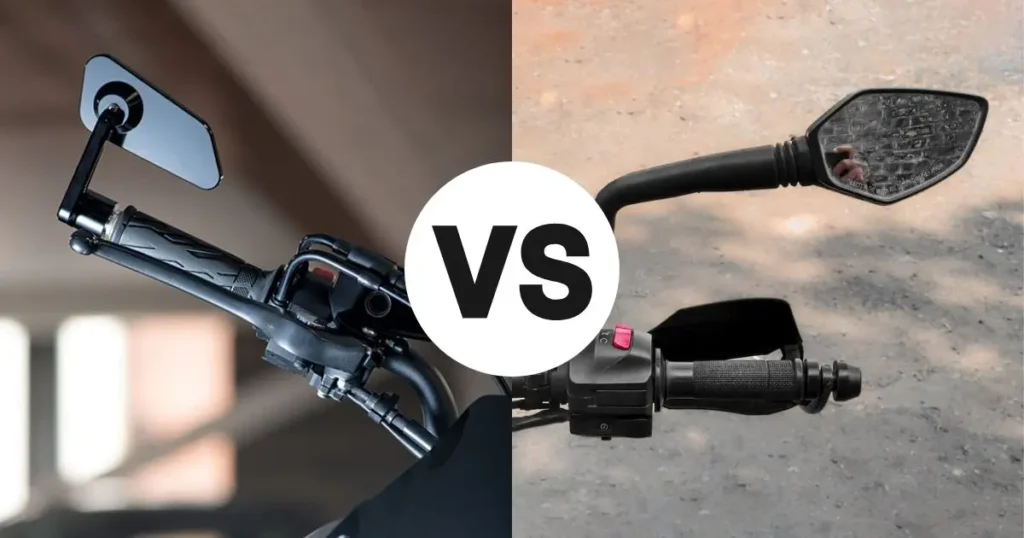
Bar-end mirrors give a clean and low profile. They sit at the handlebar ends and stay out of the rider’s direct view. This placement supports the flat and narrow lines often seen in café racer builds. The bike looks uncluttered from the front and side, which helps keep the retro-inspired design balanced.
Standard mirrors sit higher and are more noticeable. They add height to the handlebar area and can draw attention away from the overall shape of the bike. On a custom café racer, this can break the smooth line from the tank to the tail. Their look fits better on factory or commuter motorcycles than on minimalist builds.
For riders focused on appearance, bar-end mirrors blend better with the café racer aesthetic. Standard mirrors are more about function than form and may not match the visual goals of a custom project.
Mirror Performance and Rear Visibility: Bar-End vs Standard
Bar-end mirrors sit farther from the center of the handlebars. This position helps widen the field of view and can reduce blind spots. They often allow the rider to see past their shoulders and arms. However, since they sit lower, checking them may take more head movement. On rough roads, some lightweight models may also shake and affect visibility.
Standard mirrors sit higher and closer to the rider’s natural eye line. This makes quick glances easier, especially in traffic. They usually offer a stable view, and many come with vibration-reducing mounts. These mirrors are better suited for daily riding where fast mirror checks matter.
In terms of visibility, bar-end mirrors offer more side coverage. Standard mirrors offer quicker access to rear views. The right choice depends on the rider’s habits and where the bike is used.
Installing Bar-End vs Standard Mirrors: Fitment and Compatibility
Bar-end mirrors need open or hollow handlebars to mount properly. Most use clamps or expanding bolts that slide into the handlebar ends. Some setups may require removing stock bar plugs or cutting grip ends to fit the mirrors. Basic tools like an Allen key or wrench are usually enough for installation.
Standard mirrors use factory mounting points near the handlebar controls. They screw directly into threaded holes on the master cylinder bracket or handlebar clamp. This setup makes installation fast and simple without extra steps or modifications.
Bar-end mirrors may not fit certain bar types, especially those with closed ends or built-in weights. Standard mirrors are more widely compatible and usually fit any bike without changes. The right option depends on your handlebar design and how much time or effort you want to spend on fitting parts.
Are Bar-End and Standard Mirrors Legal and Safe to Use on Your Café Racer?
Most regions require motorcycles to have at least one working mirror. Some areas require two. Both bar-end and standard mirrors can meet these laws if they provide a clear view of the road behind. Mirror placement, size, and visibility all play a role in passing inspection.
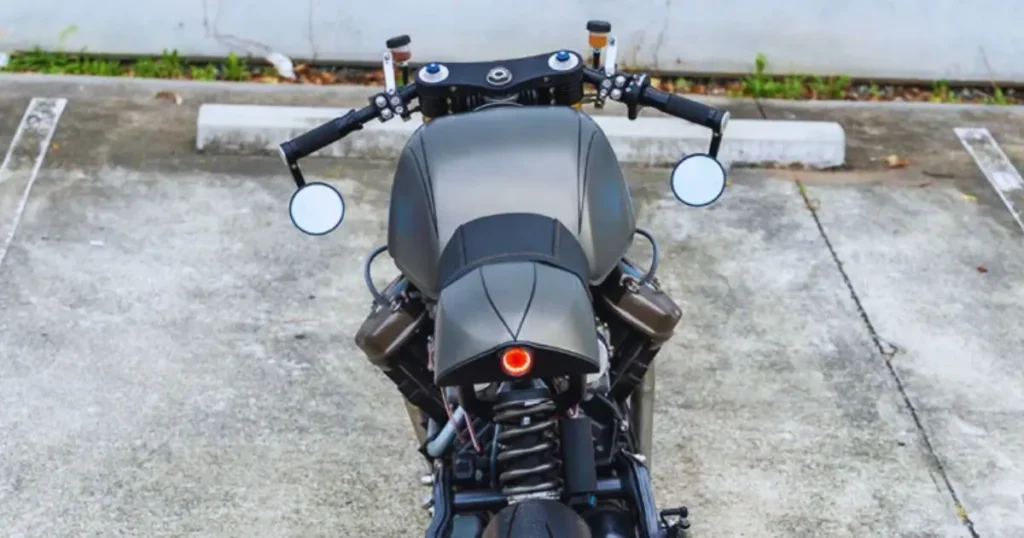
Bar-end mirrors must be positioned correctly. If mounted too low or angled inward, they may not offer enough coverage. This can lead to blind spots or even a failed safety check. Standard mirrors usually meet legal rules without changes, since they follow the typical factory setup.
Safety depends on how well you can see behind you. Smaller mirrors may look better but reduce rear visibility. Always choose mirrors that offer a full, stable view and meet your local road laws. Style is important, but safety should come first.
Which Mirrors Are Best for Your Café Racer Build: Bar-End or Standard?
I’ve used both bar-end mirrors and standard mirrors on different café racer projects. Each one worked, but the better choice always depended on how I planned to use the bike.
For my daily rider, I kept standard mirrors. They made quick mirror checks easier in traffic. I didn’t need to move my head much, and that made short city rides more comfortable and safe.
On my weekend café racer, I installed bar-end mirrors. I chose them for the clean, low-profile look. They matched the clip-ons, narrow seat, and overall build. On open roads, the wider view felt natural, and after a few rides, checking them became easy.
If your build is mostly for weekend rides or shows, bar-end mirrors are a solid fit. If you ride daily or in heavy traffic, standard mirrors may be more practical. Your riding style and how you use the bike will help you decide.
Final Thoughts
Bar-end mirrors give your café racer a clean, simple look with wider side views. They suit custom builds where style matters. Standard mirrors are easier to check while riding and often more stable in traffic. They are a better choice for daily use or longer commutes.
Both types have clear strengths. What works best depends on your build style, riding habits, and local mirror laws. Make sure your mirrors give a full view behind and meet legal standards before riding.
Choose the option that fits both your bike and your needs. A well-chosen mirror should match your style and keep you aware of what’s around you. Function and safety should always stay part of your final decision.
FAQs
Are bar-end mirrors legal in all countries?
Bar-end mirrors are legal in many countries, but laws vary. Some regions require mirrors to be above a certain height or width. Always check local traffic regulations before installing them.
Do bar-end mirrors fit all types of handlebars?
Not always. Bar-end mirrors need hollow handlebars or adapters. Some clip-ons or closed-end bars may need modification or specific mounts to fit them properly.
Which type of mirror gives a wider view?
Bar-end mirrors often provide a wider field of view because they extend farther from the handlebar. However, correct positioning is important for both styles to reduce blind spots.
Can I install bar-end mirrors without special tools?
Yes. Most bar-end mirrors only need common tools like an Allen key or wrench. Some may require cutting grip ends or removing bar plugs.
Are bar-end mirrors safe for daily city riding?
They can be, but they sit lower than standard mirrors. This position may need more head movement. For daily riding, many prefer standard mirrors for quick glances.
What materials are best for motorcycle mirrors?
Aluminum and stainless steel are popular for durability and vibration resistance. Plastic mirrors are lighter and cheaper but may wear out faster.
Why do café racers often use bar-end mirrors?
Café racers focus on a clean, low-profile look. Bar-end mirrors support this style by keeping the cockpit area minimal and visually balanced.
Do standard mirrors affect the café racer style?
They can. Standard mirrors usually sit higher and may break the flat line of a café racer build. Some riders still use them for better practicality and legal safety.
Can I use one mirror instead of two on a café racer?
In some countries, one mirror is legal if it provides a clear rear view. Others require two. Check the rules in your country before deciding.
What size mirror is best for visibility?
A mirror should be large enough to show lanes on both sides. Round and oval shapes are common. Too small, and they may limit rear vision, even if they look stylish.

